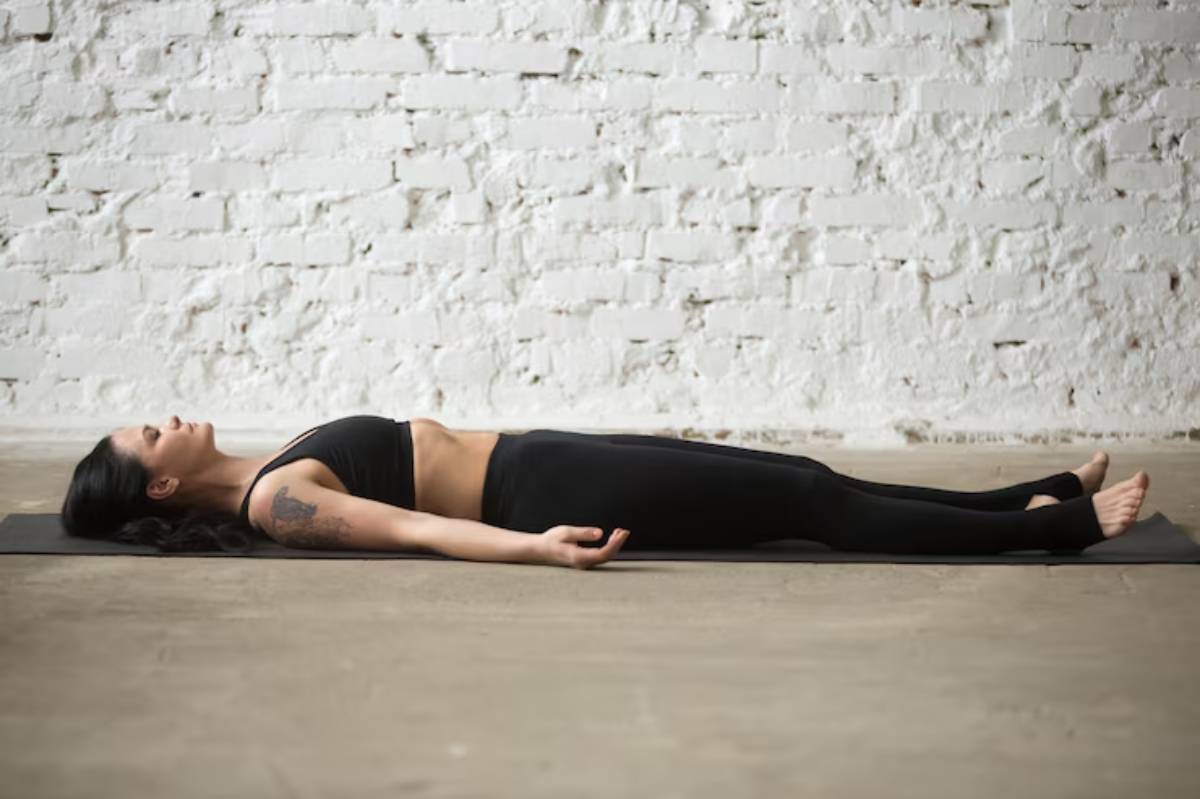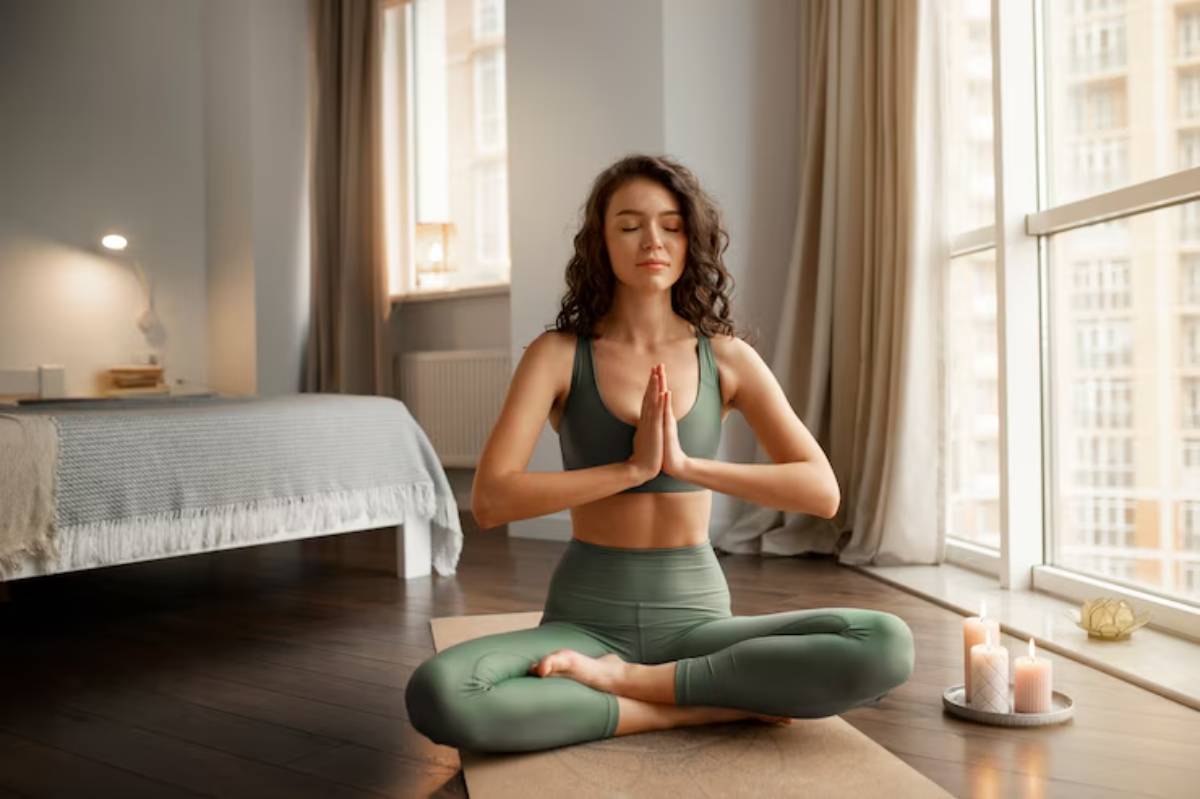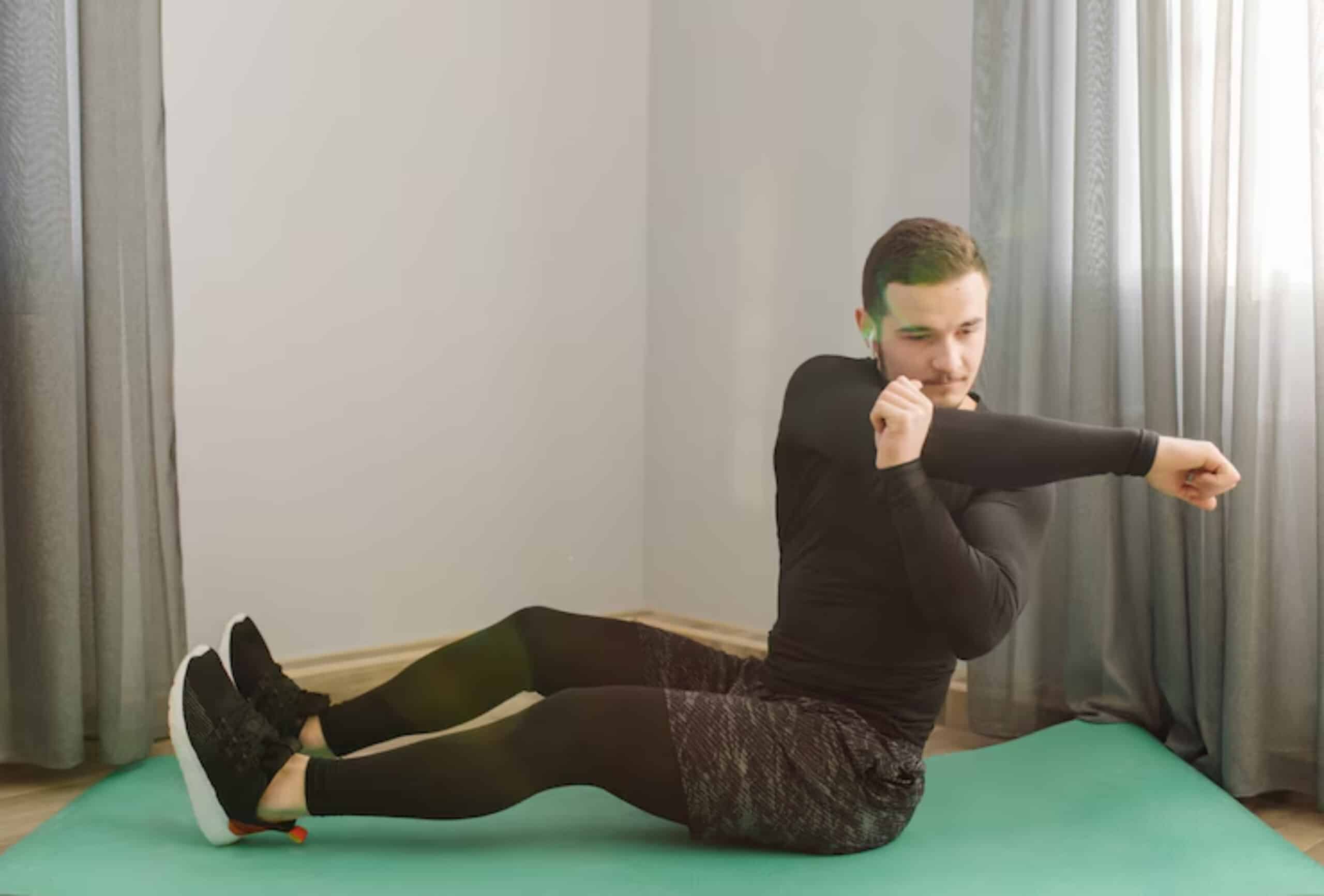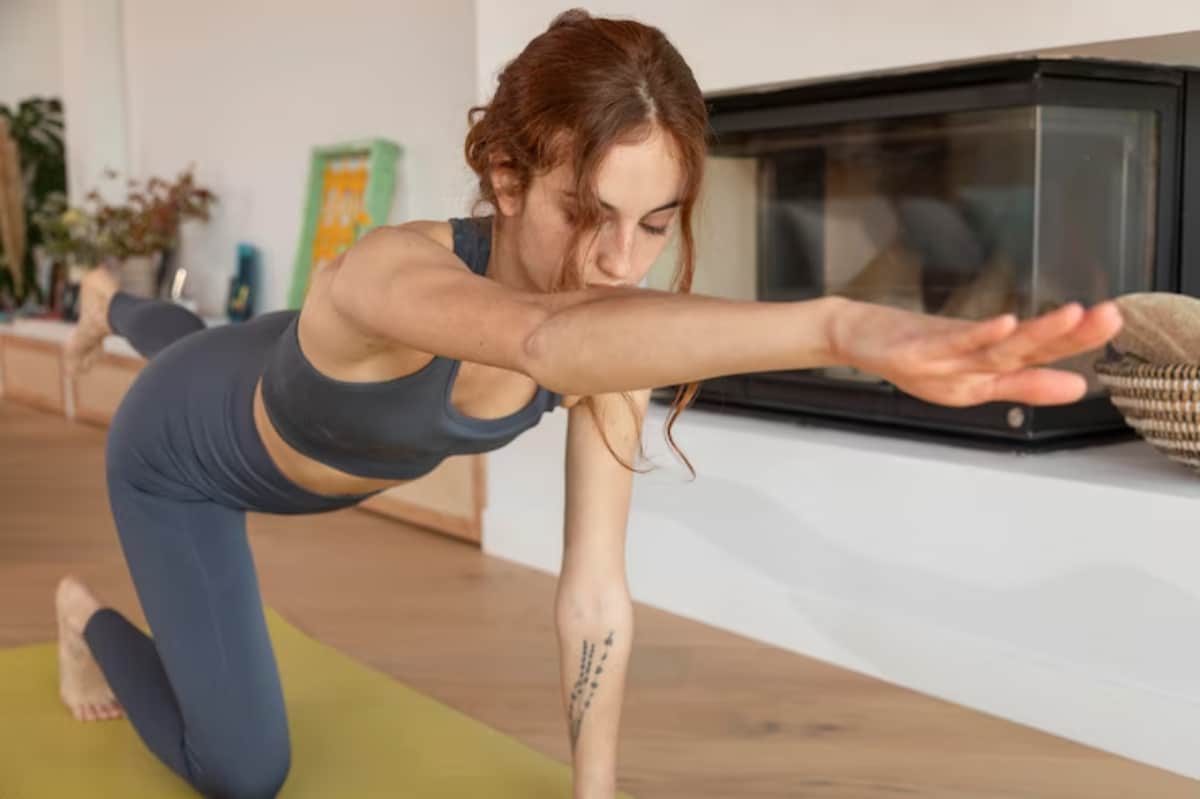
Power Yoga for Muscle Endurance
Have you ever felt like traditional strength training isn’t quite your thing, but you still want to build muscle and endurance? You’re not alone. Many fitness enthusiasts are discovering that power yoga offers a unique path to building muscular endurance, combining the best of strength, flexibility, and mindfulness into one dynamic package.
Whether you’re a runner, a weightlifter, or someone trying to maintain muscle tone and energy levels throughout your daily life, power yoga can be a transformative addition to your fitness routine. Unlike the slow and meditative forms of yoga, power yoga is fast-paced, physically challenging, and purpose-built for those seeking both performance and resilience.
In this guide, you’ll learn:
- What power yoga is and how it differs from other styles.
- The key power yoga benefits are for muscular endurance.
- Why it’s a top choice among yoga for athletes.
- Real-life routines, tips, and expert insights to help you get started.
So grab your mat — it’s time to challenge your muscles and mind in a whole new way.
What is Power Yoga?
Power yoga emerged in the 1990s as a Western adaptation of Ashtanga yoga, created to suit the high-energy lifestyles of modern fitness lovers. It strips away rigid sequencing while maintaining intensity and structure.
Core Characteristics of Power Yoga
- Dynamic Flow: Continuous movement between poses.
- Strength-Oriented: Targets large muscle groups.
- Endurance-Based: Sequences often last 45–90 minutes.
- Breath-Centred: Emphasis on ujjayi breathing for stamina and focus.
- Minimal Pauses: Few rest periods to keep the heart rate up.
Unlike restorative or yin yoga, power yoga feels like a full-body workout. It’s sweaty, fast, and powerful.
Power Yoga vs Traditional Strength Training
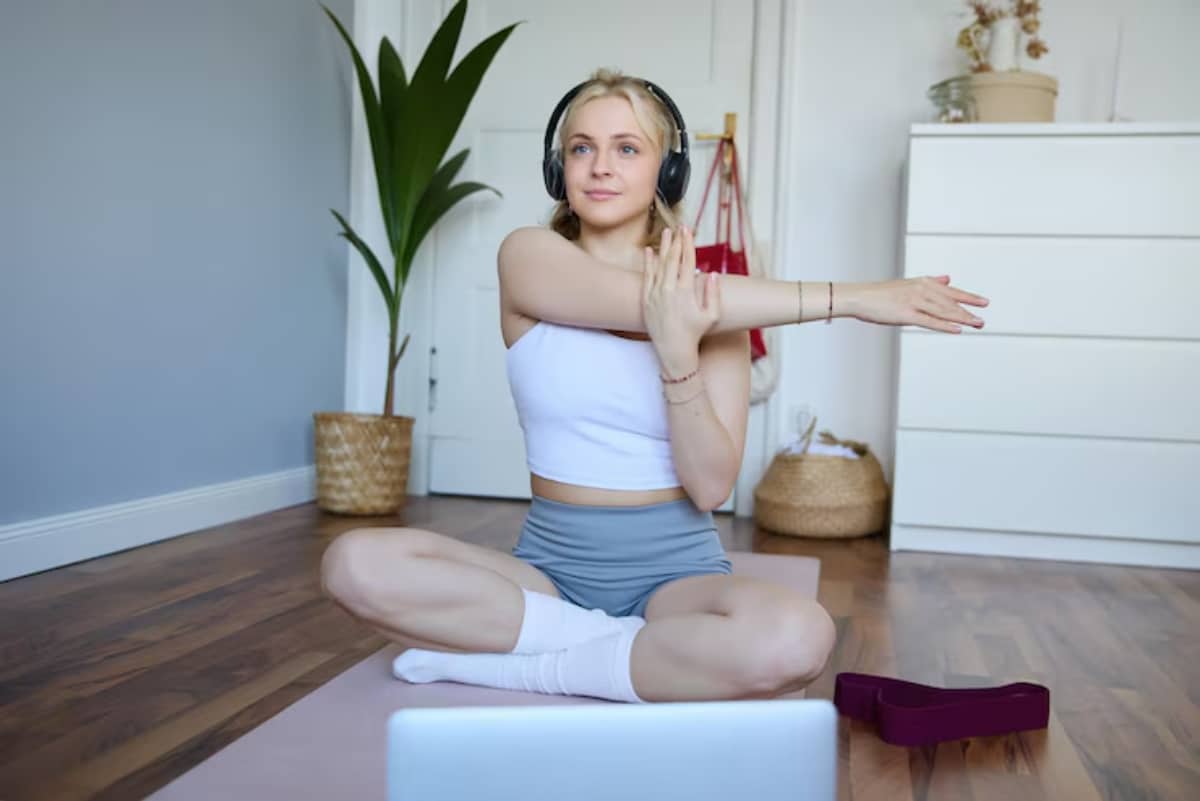
While lifting weights primarily builds maximum strength, power yoga focuses on muscular endurance—the ability of your muscles to sustain prolonged exertion.
Here’s a quick comparison:
| Feature | Power Yoga | Weight Training |
| Muscle Type | Slow-twitch fibres | Fast-twitch fibres |
| Goal | Endurance & flexibility | Power & hypertrophy |
| Heart Rate | Elevated consistently | Peaks during sets |
| Equipment | Just a yoga mat | Barbells, dumbbells, machines |
| Injury Risk | Low (with proper form) | Moderate to high |
Power yoga doesn’t replace strength training — it complements it. And in some cases, especially for bodyweight enthusiasts, it can stand on its own.
Why Athletes Rely on Power Yoga
More and more elite athletes — from footballers to swimmers — are incorporating yoga for athletes into their training schedules.
Key Athletic Benefits:
- Improved Range of Motion: Essential for injury prevention.
- Enhanced Breath Control: Useful in endurance sports.
- Recovery Support: Reduces muscle soreness.
- Functional Strength: Builds stability and control.
Take, for example, LeBron James and Novak Djokovic. Both have publicly endorsed yoga as part of their performance regimen.
Power yoga, in particular, helps athletes build stamina while enhancing mind-body coordination, a winning formula for performance under pressure.
How Power Yoga Builds Muscular Endurance
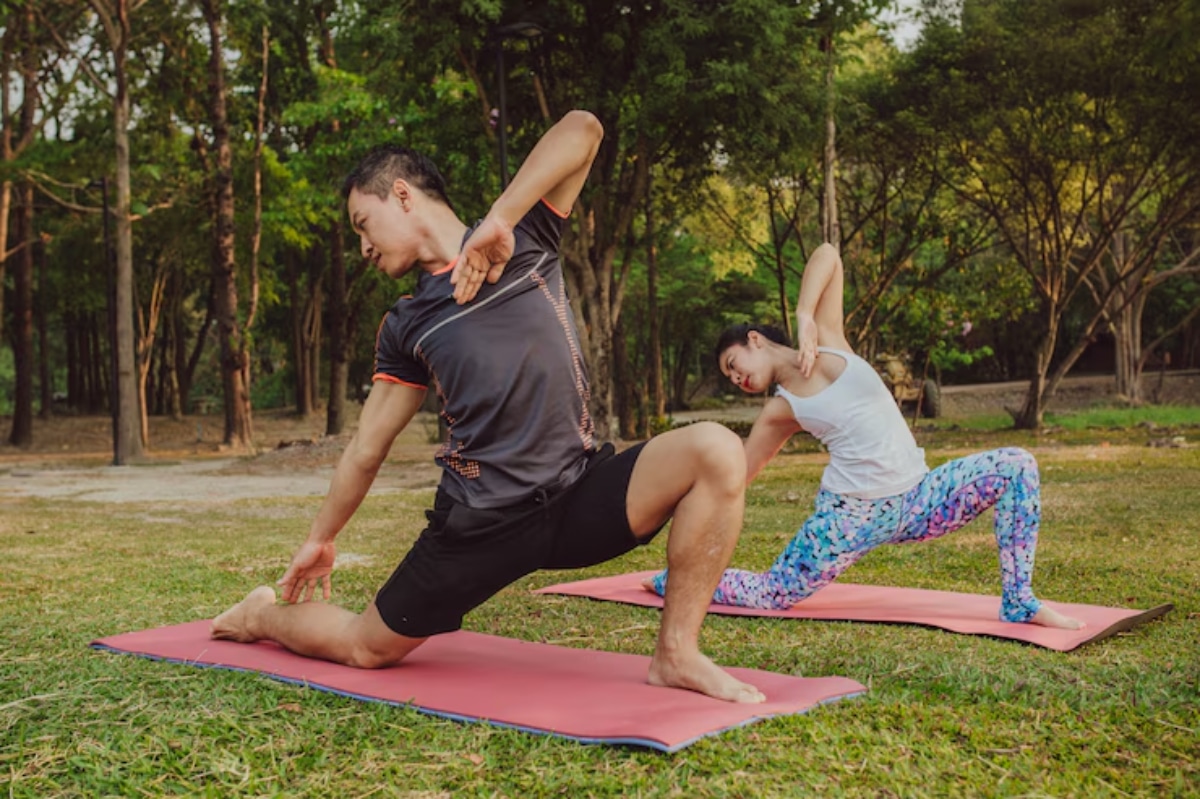
Muscular endurance requires repetitive contraction over extended periods — think planks, lunges, and holds.
Power yoga targets endurance by:
- Holding poses longer, challenging stabiliser muscles.
- Flowing through sequences rapidly, elevating the heart rate.
- Using bodyweight resistance, activating multiple muscle groups.
Key Pose Types:
- Plank variations: Build core and upper body endurance.
- Chair pose (Utkatasana): Engages glutes and thighs.
- Warrior sequences: Strengthen legs and improve balance.
- Chaturanga push-ups: Tone arms and shoulders.
- Boat pose (Navasana): Targets abdominal endurance.
Sample 30-Minute Power Yoga Routine for Endurance
Here’s a beginner-friendly flow you can try at home. All you need is a mat and your breath.
Warm-Up (5 mins)
- Cat-Cow – 5 breaths
- Sun Salutation A – 3 rounds
Strength Flow (20 mins)
- Chair Pose – Hold for 5 breaths
- Plank to Chaturanga – 5 repetitions
- Crescent Lunge to Warrior II – Each side
- Boat Pose Hold – 3 rounds of 20 seconds
- Side Plank – 30 seconds per side
- Bridge Pose – 3 rounds, 10 seconds hold
Cool Down (5 mins)
- Seated Forward Fold – 5 breaths
- Supine Twist – Each side
- Savasana – 2–3 minutes
For an even more challenging version, check out Build Explosive Strength with Dynamic Yoga Flows.
Common Mistakes and How to Avoid Them
Even experienced yogis can make missteps. Here’s what to watch out for:
- Rushing Through Poses: It’s about control, not speed.
- Shallow Breathing: Sacrifices stamina and focus.
- Overstretching: Know your limits, especially in hamstrings and shoulders.
- Skipping the Cooldown: Crucial for muscle recovery and injury prevention.
Tip: Always warm up your wrists and shoulders before longer power flows. These joints take the brunt of plank-based movements.
Real-Life Success Stories
Amira, a 38-year-old runner from Manchester, used power yoga to recover from shin splints and found her mile time improved by over 20 seconds after six weeks of consistent yoga.
Tom, a software engineer and former gym-goer, replaced three of his five lifting days with power yoga. “I’ve never felt more agile or mentally calm,” he says. “I actually look forward to working out now.”
These aren’t exceptions — they’re examples of how accessible and effective power yoga can be.
Tools and Props to Boost Your Practice
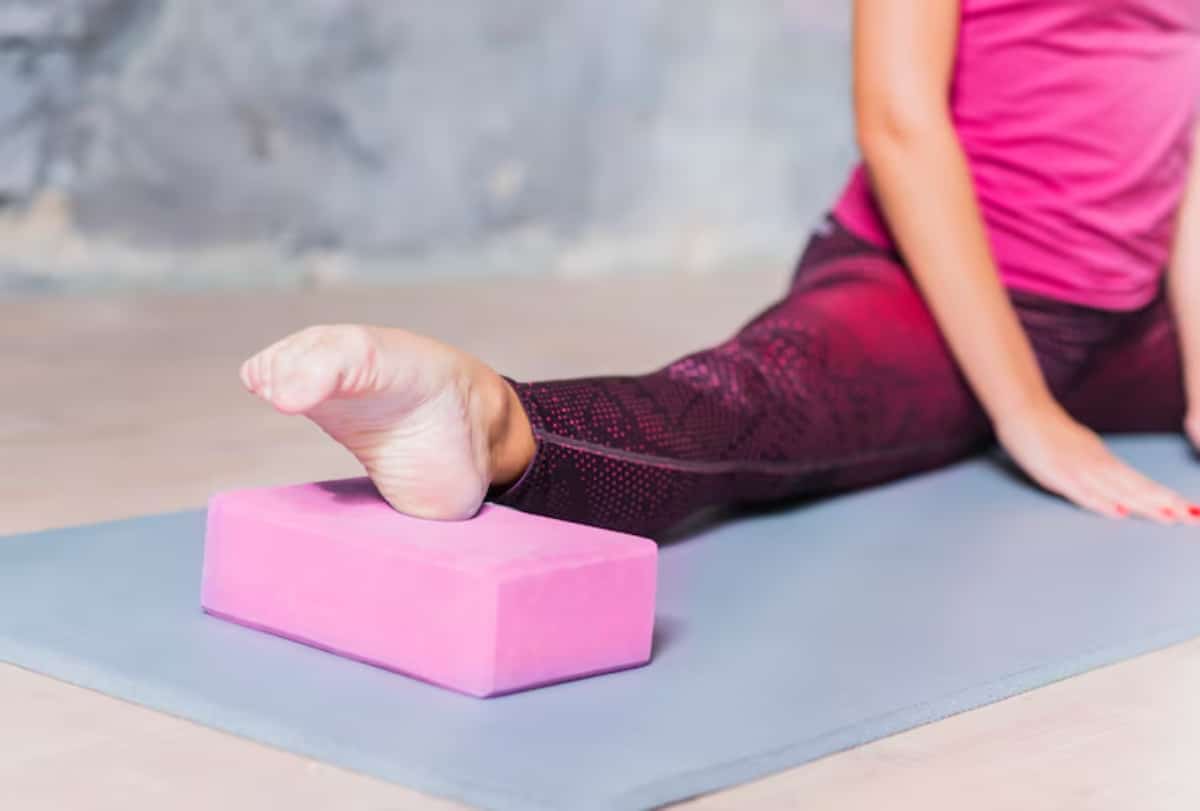
While power yoga typically doesn’t require equipment, a few additions can help:
- Yoga Blocks: Support during deep lunges or balance poses.
- Grip Mat: Prevents slipping during fast flows.
- Resistance Bands: Add a strength challenge.
Optional tools like heart rate monitors or smartwatches can also help track your cardiovascular improvements over time.
How Often Should You Practice?
If your goal is endurance:
- 3–4 sessions per week are optimal.
- Alternate power yoga days with gentler practices or strength workouts.
Want to see how it fits into your full week? Visit How to Structure Your Week With Yoga and Strength Workouts for sample schedules.
Final Thoughts: Your Muscles Will Thank You
Power yoga isn’t just another fitness trend — it’s a holistic approach to sustainable strength and endurance. It offers more than toned muscles. You’ll notice better posture, improved breathing, sharper focus, and fewer injuries.
So if you’re looking to boost endurance, gain strength, and find inner focus, power yoga is your path forward.
Ready to Take the Leap?
Unroll that mat, breathe deeply, and begin. You don’t need a gym. Just your body, your breath, and a bit of time.
